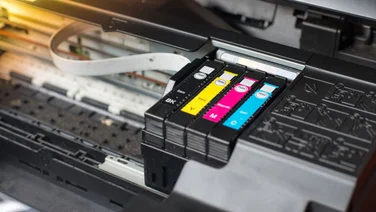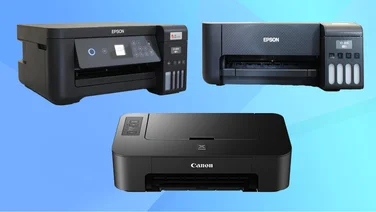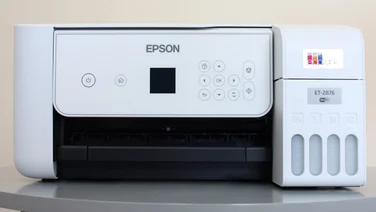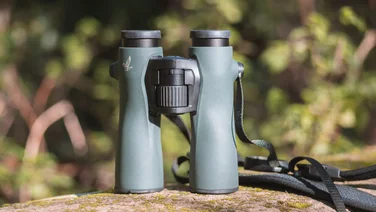To help us provide you with free impartial advice, we may earn a commission if you buy through links on our site. Learn more

The K-x is available in red, blue and white, but in its more conservative black finish we’d struggle to distinguish it from the cheaper K-m.
The layout of their controls is almost identical, as are the run-of-the-mill 2.7in, 230,000-pixel screens. The use of four AA batteries makes it easy to stock up on replacements, but they’re heavier and clumsier to charge than a Li-ion battery.
The benefits of the K-x over the K-m become apparent once the camera is switched on. Continuous shooting at 4.1fps makes this the fastest camera we’ve seen for around £600. It slowed after 31 shots for JPEGs and six shots in RAW mode, but still kept up an impressive 2fps in RAW mode when using a fast SDHC card. It’s responsive in general use, too. Most key settings are easy to access, with buttons for ISO speed, white balance, drive mode and focus point. However, the viewfinder provides no indication of which focus point is selected, making the automatic selection modes pretty much useless.
The K-x offers live view, but without an articulated screen it’s not much help when shooting at awkward angles. It’s no use for fine-tuning focus either, as it lacks a digital magnification function. However, it’s handy for video recording. Clips are recorded at 1,280×720 pixels and 24fps; quality is excellent, if a little noisy in dim light. The exposure reacts smoothly to changing light but the automatic white balance is less impressive – it’s best to pick a preset before you start recording. We also recommend disabling the in-body image stabilisation as the microphone picks up its rattles. A bonus is the ability to lock the aperture: set this to f/11 and you’ll lose the disadvantage of the fixed focus.
Nikon’s and Canon’s SLRs tend to dominate our image quality tests, but the K-x surprised us. Photos taken with its kit lens were sharper than those taken with other budget kit lenses, and competed with the premium lenses we used with the Canon 500D and Nikon D90. Colours were over-saturated at first, but settled down once we switched from the default Bright picture style to Natural. Noise levels were even lower than from Nikon’s D90, making this the best entry-level DSLR we’ve seen for noise. It was barely visible at ISO 1600, not just in JPEGs but also in unprocessed RAW files. The ISO control goes up to 12800, and while that’s a bit optimistic, we’d happily use ISO 3200 for casual snaps.
We’re big fans of wide-aperture lenses, and strongly recommend that you buy one. As such, it’s worth noting that the cheapest Pentax lens, a 50mm f/1.4 model, costs £250 – considerably more than Canon’s, Nikon’s and Sony’s f/1.8 lenses, which cost around £100. Even so, and despite other weaknesses, the K-x’s excellent performance and image quality make it a good choice if the cheaper Canon 1000D or pricier Nikon D90 don’t match your needs or budget.





